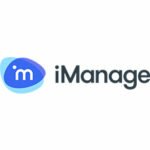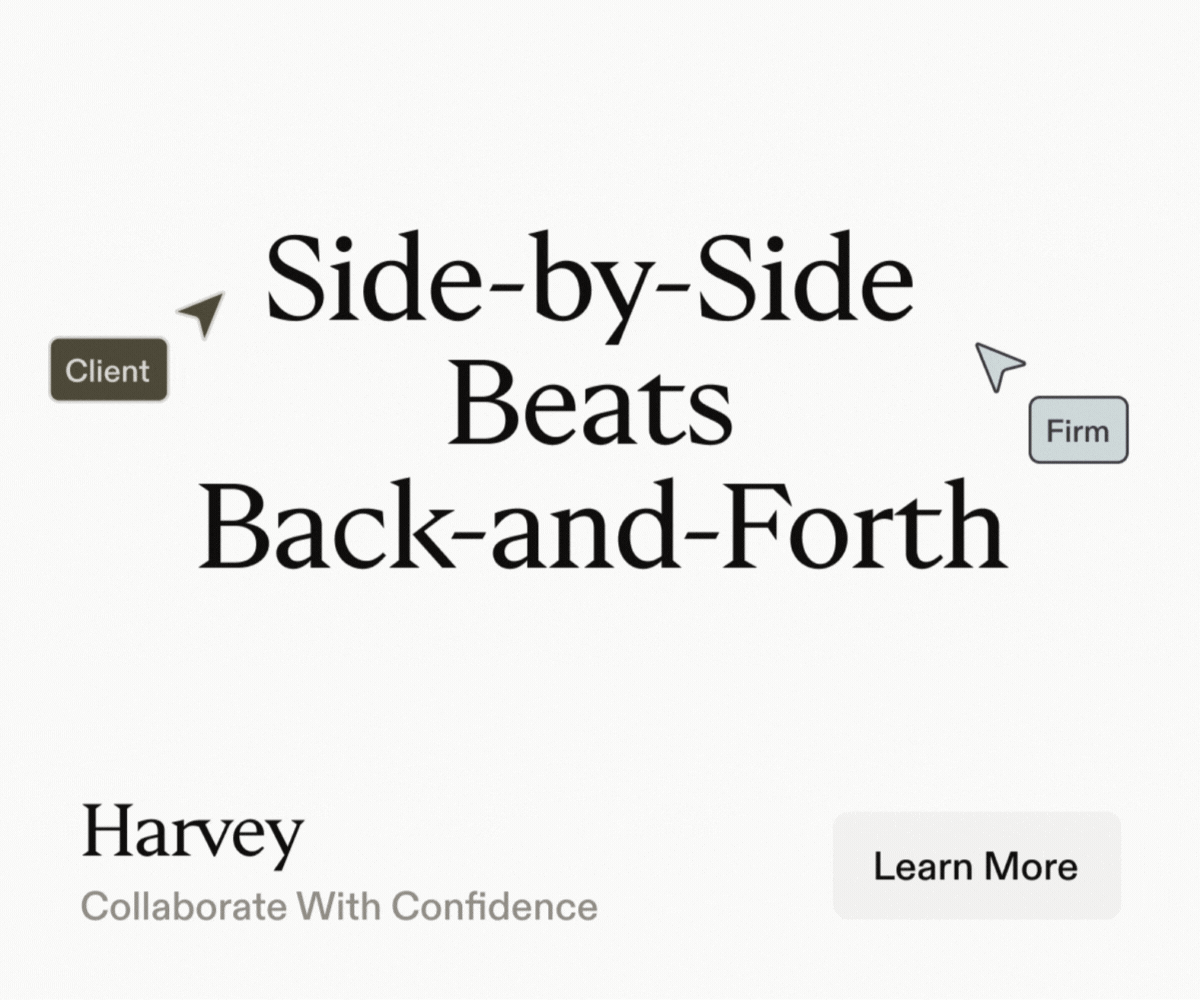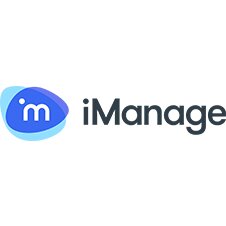Knowledge on app
Delivering knowledge management productively to fee earners today requires a consumer appstyle approach, says Simon Pecovnik, VP of product management, iManage RAVN
The concept of knowledge management (KM) isn’t new to the legal industry. However, in larger law firms it has traditionally been a separate function from IT. KM teams have been tasked with collecting and collating information to share with the broader organisation. In other firms, KM has historically remained an informal activity.
It’s no surprise analyst firm IDC finds (albeit in corporates) that 50% of company data is unsearchable, with 30% of employees’ productive time wasted recreating existing knowledge assets. The analyst believes that Fortune 500 companies lose nearly $2m each month because of ineffective knowledge management tools. These findings are reflective of the situation in law firms.
Why is KM challenging?
First and foremost, data is located in numerous disparate locations – from paper files, individuals’ laptops and internal drives, to SharePoint and document management systems. The complexity grows in firms with multiple national and international offices. Owing to a lack of organisation or curation of enterprise data – which is continuously growing at an enormous pace – searching for and assimilating knowledge assets for sharing and collaboration becomes well-nigh impossible. The result? A wealth of intelligence, insight, experience, expertise and knowledge exists in the firm – but it can’t be leveraged for meaningful business advantage and client benefit.
History shows, in spite of best efforts, that firms have been unsuccessful at building custom knowledge management solutions. This is not least because the IT infrastructure is already disparate, and often the knowledge management and IT departments are at odds with each other.
Consumer app-style KM
Law firms need to move from a siloed to a holistic mindset for genuine knowledge management. A smart, consumer app-style approach to the function must replace the ‘one-size-fits-all’ view. This will ensure that the individual needs of different types of users are met, whether fee earners, the C-suite, marketing and business development professionals, or any other group. Because of the variety of apps available to them in their personal lives, employees today are accustomed to having information at their fingertips, and they therefore demand a similar kind of access to enterprise information.
This requires bringing together all sources of data – internal and external – so it can be seamlessly integrated to facilitate smart searching and curation of knowledge assets. Say, for example, a partner is embarking on an acquisition project for a global corporation and needs to put together an international team of lawyers. With an app-style approach to knowledge management, underpinned by a single data source, the partner should be able to see in one view which fee earners are the top billers in this space, which individuals have significant expertise in M&A, where they are located, which projects they have worked on, who they have relationships with – at what seniority level – and so on. This kind of knowledge capture will be powerful for decision making, as well as demonstrating to the client that the firm does indeed have the right expertise and experience for the project.
Similarly, KM is valuable when a fee earner is able to identify a colleague with specific expertise at the click of a mouse. For instance, who at the firm has the most recent experience in medical negligence in Australia, or who has most recently worked on a bankruptcy matter in Spain?
One of fee earners’ biggest bugbears is that they are constantly reinventing the wheel when it comes to document creation. Unsure of the most recent document in a relevant category, it is often safer to develop it from scratch to avoid risk of inaccuracy. It is, of course, a complete waste of time, however, and – especially with alternative fee arrangements – potentially a waste of budget and resource as well. The capability to identify the best, or most recently used, employment contract quickly is an example of tacit knowledge that can be available to lawyers with app-style knowledge management.
Over time, using lawyers’ locations, areas of interest and historic searches, these app-style solutions should even be able to automatically push information to fee earners. By way of an example, the solution could deliver the most relevant and frequently used clauses straight into the draft of an employment contract a lawyer located in Germany may be developing. Or, when looking for matter information on the corporate intranet, the knowledge management solution could suggest viewing the most recent documents related to the case without the lawyer proactively asking for the information. It’s worth pointing out that providing an environment conducive to efficiency and productivity is also essential for retaining talent, especially millennial lawyers.
The business structure and employee makeup of law firms have both significantly transformed in the last five years – as has the broader business environment. A modern, app-style approach to KM encompasses everything from personalisation, security and digital tools to smarter business practices and processes. Such tools are also supported by artificial intelligence and machine learning capabilities, and can thereby enable users in firms to scour the enterprise data to capture and extract knowledge and intelligence for informed decision-making, revenue growth, employee retention and client satisfaction. Knowledge management is intrinsically about deriving value from business data.



